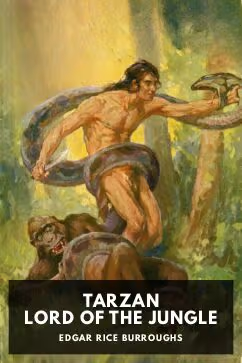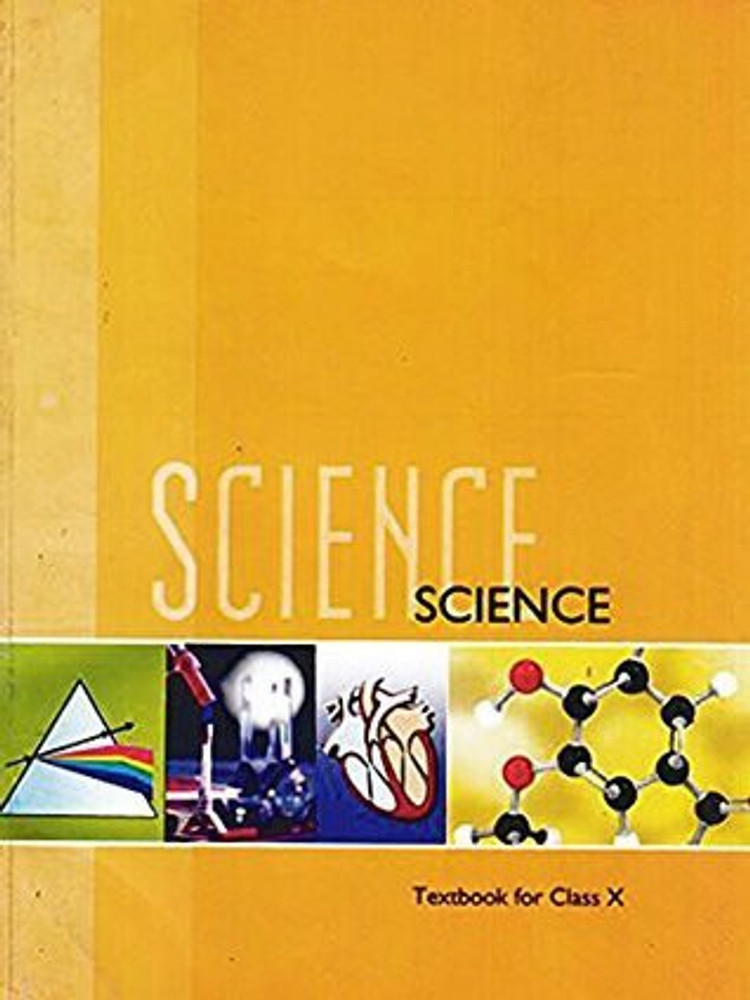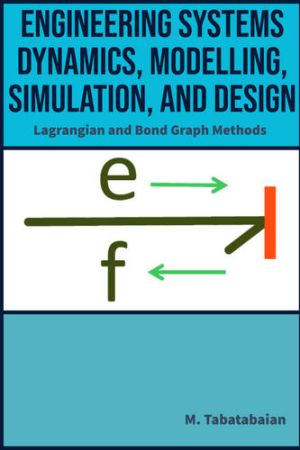Interstellar Object Could Have Shifted Trajectories of Four Planets, New Research Shows
A recent study suggests that an interstellar object, possibly as massive as eight times Jupiter, may have passed through the solar system billions of years ago, significantly altering the orbits of its outer planets—Jupiter, Saturn, Uranus, and Neptune. Using computer simulations, researchers found that in about 1% of the scenarios, such a close encounter could explain the planets’ unusual orbital paths and deviations from circular orbits. This hypothesis challenges previous explanations centered on planetary interactions and suggests that flybys of substellar objects might be more common in the cosmos than once thought. The study's findings provide new insights into the potential forces that have shaped the structure of the solar system over time

A massive planetary object, believed to be eight times the size of Jupiter, is thought to have passed close to the solar system billions of years ago, potentially altering the orbits of its outer planets. This flyby may explain why the trajectories of Jupiter, Saturn, Uranus, and Neptune deviate slightly from perfectly circular orbits, as well as why they do not lie precisely on the same plane. Astronomers have been examining this mystery for decades, seeking answers to these orbital peculiarities.
Evidence From Computer Simulations
According to a study published in the arXiv preprint database, researchers led by planetary scientist Renu Malhotra from the University of Arizona conducted 50,000 computer simulations to test the hypothesis. As reported by Live Science, these simulations explored interactions between the four gas giants and a planetary or substellar object with varying sizes and trajectories. The study incorporated flybys involving objects ranging from twice the mass of Jupiter to 50 times its mass.
The team reported that in about 1% of the simulations, a close approach from such an object could recreate the present orbital arrangements of the outer planets. The scenarios that aligned most closely with observed planetary paths involved the interloper coming as close as 1.69 astronomical units (AU) from the sun, a distance comparable to the orbit of Mars.
Potential Implications and Frequency
The research suggested that the visiting object may have been a brown dwarf or a planetary mass body. These findings imply that flybys of substellar objects, which are abundant in the cosmos, may occur more frequently than previously thought. This hypothesis challenges earlier explanations attributing the changes solely to interactions among the planets.
Further investigations into the influence of such interstellar visitors could provide more insights into the formation and evolution of our solar system. While the study remains under review, it opens new avenues for exploring the forces that shaped the solar system's architecture billions of years ago












)

























































